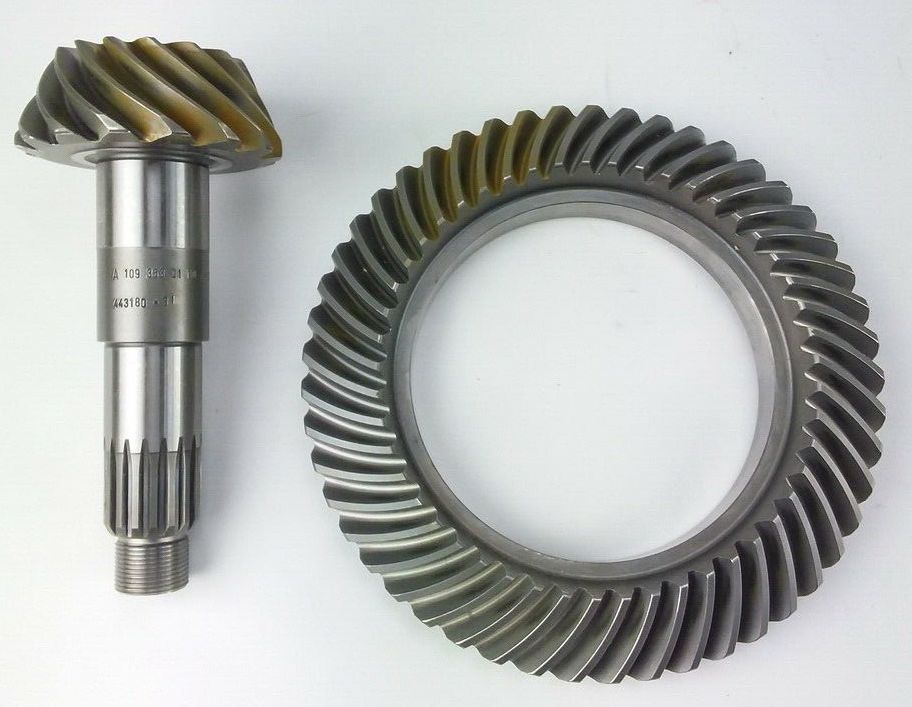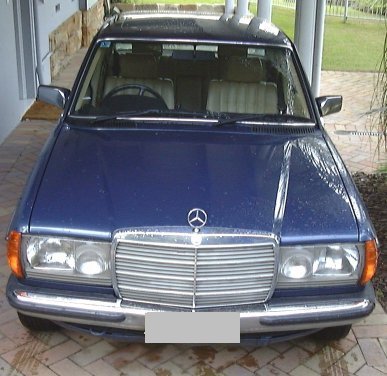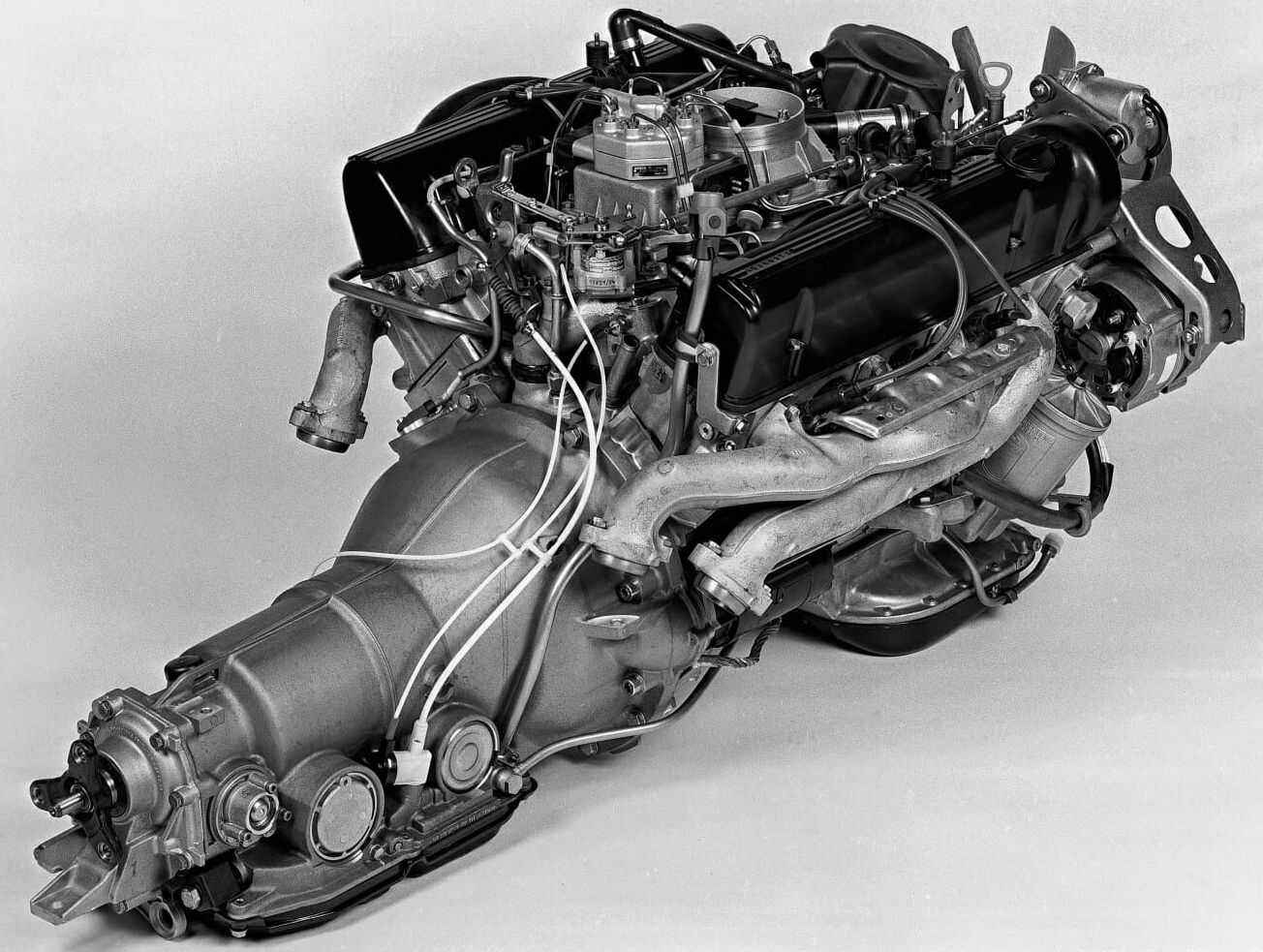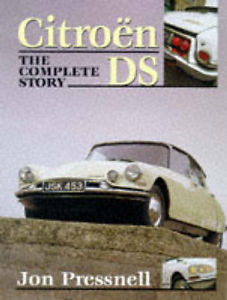W108 and W109 Differential Ratios
The W108 and W109 series were produced from 1965 to 1972. While its replacement, the W116 was the first model called the S-Class, the W108 and W109 models occupied that spot in the model range. When drivers new to this range first experience these cars, they often comment how high the engines are revving at motorway speeds. This is not like the cars of the 50s where motorway speeds were not a consideration. These cars were driven extensively at high speeds on the Autobahns. Rather it was conscious design choice for high revving engines by Mercedes-Benz at the time. Part of this was driven by the taxes on large capacity motors in Europe. The practice did allow cars with comparatively small engines to get good performance. This article outlines the W108 and W109 differential ratios used on the various models.
| Model / Year | Differential Ratio | Speed at 1,000 RPM (4th) | RPM at 100km/h |
|---|---|---|---|
| Standard Versions | www.classicjalopy.com | ||
| 250S/SE 280S (to 044225) 280SE (to 045703) 280SEL (to 045798) 300SEb 300SEL (M189) 300SEL (M130 to 002483) | 3.92 (47:12) | 31.5 | 3300 |
| 280S (from 044226) 280SE (from 045704) 280SEL (from 045798) 300SEL (M130 from 002484) 300SEL 3.5 (to 005835) | 3.69 (48:13) | 33.7 | 3110 |
| 280SE 3.5 280SEL 3.5 300SEL 3.5 (from 005836) | 3.46 (45:13) | 35.9 | 2916 |
| 300SEL 6.3 (to 003548) | 2.85 (37:13) | 45.5 | 2510 |
| 300SEL 6.3 (from 003549) | 2.82 (48:17) | 45.1 | 2485 |
| Special Versions | www.classicjalopy.com | ||
| 250S/SE 280S (to 080479 USA; to 044225 others) 280SE (to 086711 USA; to 45703 others) 280SEL (all USA; to 045798 others) 300SEb 300SEL (M189) 300SEL (M130 to 002210) - USA Versions - 5 Speed - 15" Wheels | 4.08 (49:12) | 30.4 | 3435 |
| 280S (from 080480 USA; 044226 others) 280SE (from 086712 USA; 045704 others) 280SEL (from 045799 except USA) 300SEL (M130 from 002211) - USA Versions - 5 Speed - 15" Wheels | 3.92 (47:12) | 31.5 | 3300 |
| 280SE/SEL 4.5 USA (early) 300SEL 4.5 USA (early) | 3.23 (42:13) | 38.2 | 2719 |
| 280SE/SEL 4.5 USA (late) 300SEL 4.5 USA (late) | 3.27 (49:15) | 38.6 | 2753 |
The table above outlines the various W108 and W109 differential ratios. For a number of models, there was a change part way through production. Where possible, the chassis number break point has been identified. This is not foolproof today, as the cars are now around 50 years old and may not have their original rear axle. To make it easier to read, the table separates the standard version from ‘special versions’. Cars with the optional 5 speed manual transmission, optional 15″ wheels or bound for the USA generally received shorter differential ratios.
The optional 5 speed was used to increase performance as well as a modest reduction in highway RPM. That is why W108 and W109 differential ratios for 5 speed cars are shorter. It is worth noting that the torque peak for most of the sixes, and even the 3.5 V8 is around 4,000RPM. The ratios therefore align the characteristics of the engine with a reasonable cruising speed. Even the long stroke M189 engine has a fairly high torque peak.
The USA ratios are interesting for the six cylinder cars. I can only assume that since most domestic vehicles in the 60s were equipped with V8s, Mercedes-Benz North America felt it necessary to order the cars optimized for acceleration rather than cruising. Certainly this is not appreciated by modern American owners, who find the setup of the cars does not really match their interstate cruising speeds. Rear axles from wrecked 4.5 liter cars have been a popular swap.
Looking at this table, it seems clear that Mercedes-Benz was learning as they went. The change to the M130 2.8 liter engine introduced a nice increase in torque from the old 2.5 litre unit. It took them a year or so to adjust the W108 and W109 differential ratios accordingly. The same went for the M116 V8. The 300SEL 3.5 was introduced about a year before the 280SE/L 3.5 with a 3.69 ratio. This was amended down around the time of the introduction of the 280SE 3.5 which was always sold with a 3.46 ratio. There were also changes for production reasons, such as the 6.3 and 4.5 models.
The other factor here, is that the W108 rear axle has been a popular upgrade for owners of the W111 models. Those models to 1965 had a drum brake rear end. The W108 provides disc brakes and more choices of ratios. The W109 rear axle is different due to the air suspension. While it is possible to change the whole axle over, some people have swapped the crown wheel and pinion. Tall ratios are now quite expensive as supplies dry up.




























































How can you identify what rear end is in my car? 1972 300sel 4.5. I’m curious if it’s a Limited Slip. In my case, the rear diff has been replaced, so it’s not original to the car.
Hi
a small correction
The Differential Ratio
for 280 SEL 4.5
and 300 SEL 4.5
early with 3.23 should be 42:13
with kind regards
Jonas Gradin
Thanks!